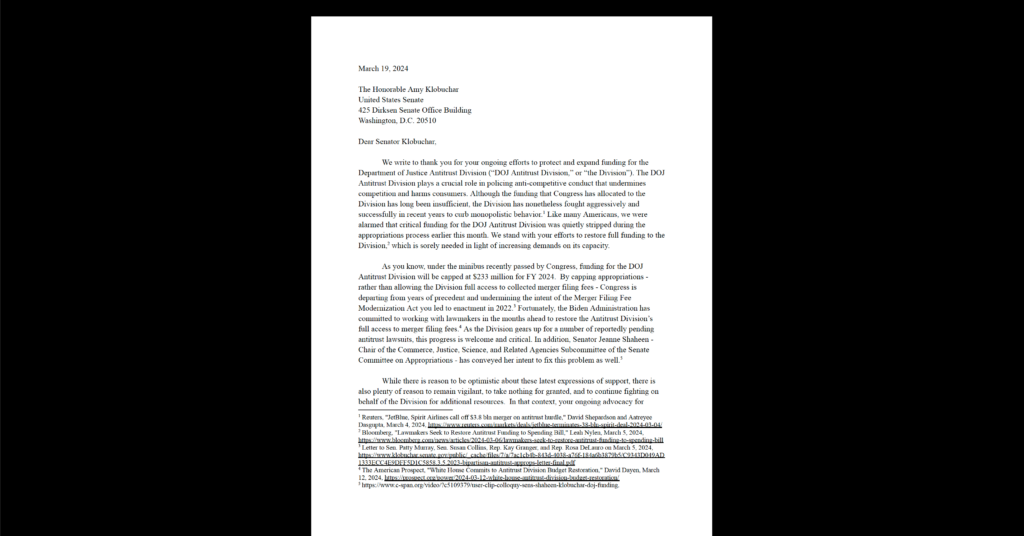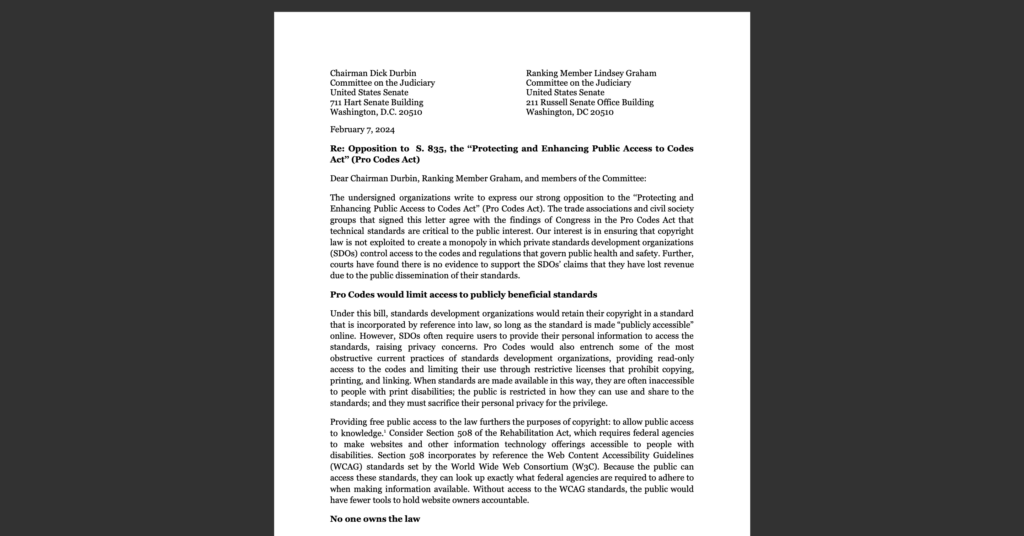Preserving Openness as the Internet Evolves: CDT Joins Intervenors in Defending the FCC’s Open Internet Order
Yesterday, the Center for Democracy & Technology joined 24 startups, public interest organizations, venture capital firms, and others in defending the Federal Communications Commission’s Open Internet Order, currently on appeal at the D.C. Circuit. The joint intervenors’ brief points out that this appeal boils down to one main issue: did the FCC have the authority to reclassify broadband as a Title II telecommunications service and do the facts on the ground justify that reclassification? The answer is a simple yes. What is most surprising in this appeal is how little is new. The Supreme Court’s 2005 Brand X decision held that the FCC was entitled to deference in exercising its authority to determine whether broadband contained a telecommunications service that is separable from the “information services,” such as e-mail, caching, and domain name resolution, that were bundled with basic broadband connectivity. A separable broadband transmission component that can be classified as a telecommunications service is really important. In its last two trips to the D.C. Circuit on the issue, the FCC learned that it cannot promulgate rules to prevent blocking, throttling, or otherwise interfering with the delivery of content requested by broadband subscribers without reclassifying broadband Internet access as a Title II telecommunications service.
The brief carefully sets out the cases in which courts – and even those opposing the Open Internet Order – have acknowledged the deference the FCC enjoys in determining the appropriate classification of broadband. It then discusses two major changes since the Brand X decision that justify why the FCC should and did reclassify broadband as a Title II service. First, users on the modern Internet view their pathway to the Internet and what they do once they are there as two very different creatures. The Powell-era FCC’s conception of the Internet’s “inextricably intertwined” telecommunications services and information services no longer comports with a world where people use FiOS to reach Mozilla or use Xfinity to reach YouTube. Second, users and edge providers have come to depend on an Internet without gatekeeper control. The end-to-end principle that allows users to reach the destinations of their choice without intentional degradation or undue interference is essential to established edge providers as well as startups who have a great idea but not enough financial backing to individually negotiate carriage with ISPs to reach a viable audience. But that end-to-end principle is far more important to the actual users, who spoke up by the millions to demand a clear rule against blocking, throttling, and paid prioritization, not just a promise that such practices would be “commercially reasonable,” as the FCC originally proposed. The submission of nearly four million comments was a development that the FCC could not ignore and a direct result of how the Internet today is different from the Internet of Brand X. The Open Internet Order acknowledges this evolution and puts in place rules to protect it.
the heart of this case is really about what the Internet means to Americans today
There are of course a number of other issues in this appeal: interconnection, the statutory classification of mobile broadband, requirements of the Administrative Procedures Act, and the First Amendment rights of ISPs to “edit” the Internet. The intervenors’ brief addresses these issues, as do some of the other more than two dozen briefs that are likely to be filed in this appeal. These issues are not insignificant, but the heart of this case is really about what the Internet means to Americans today – a communications technology that allows them to go where they want, read and watch and hear what they want, and create what they want – and whether the FCC has the authority to protect that understanding. CDT very much believes it does and very much hopes the court agrees.


